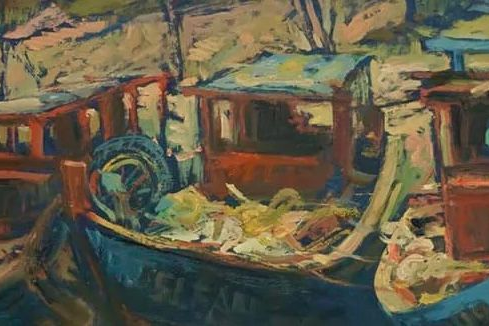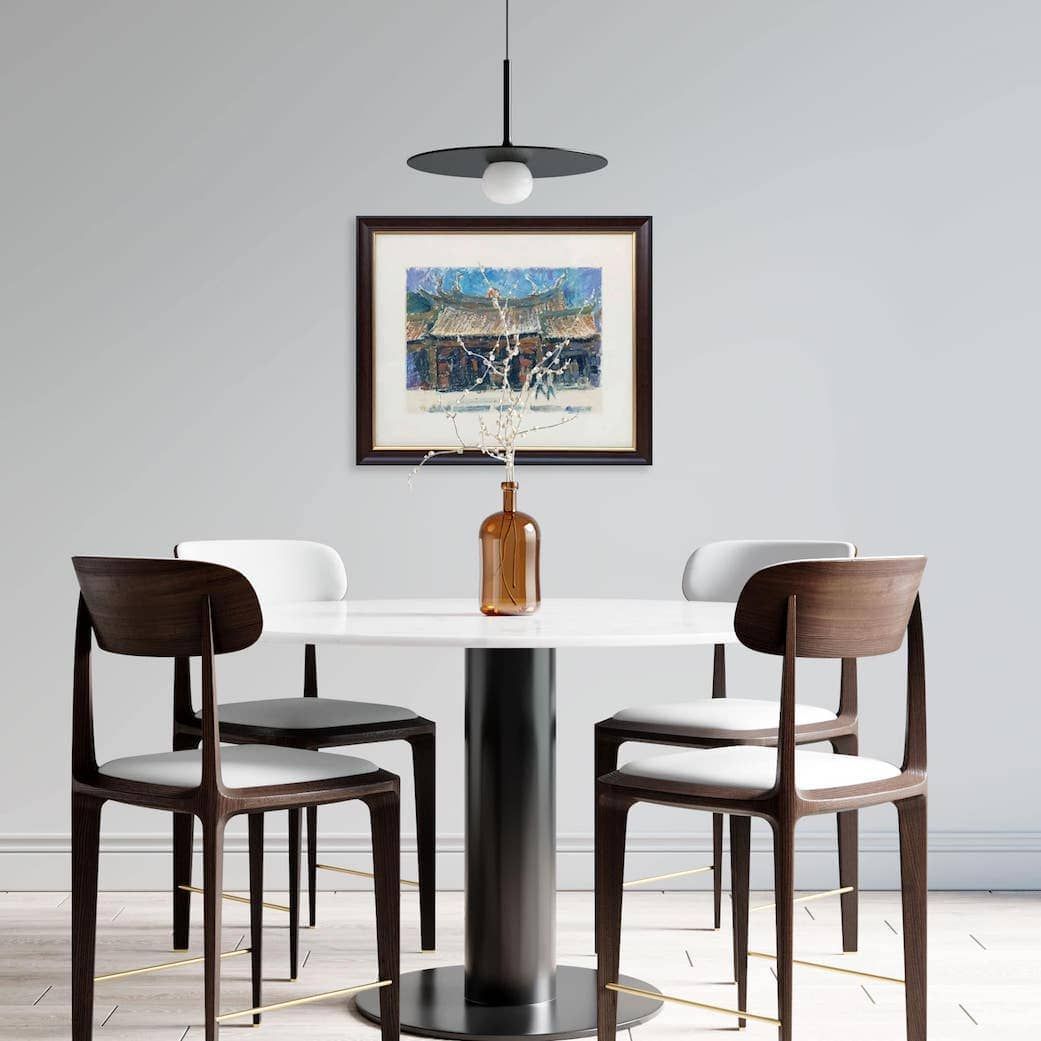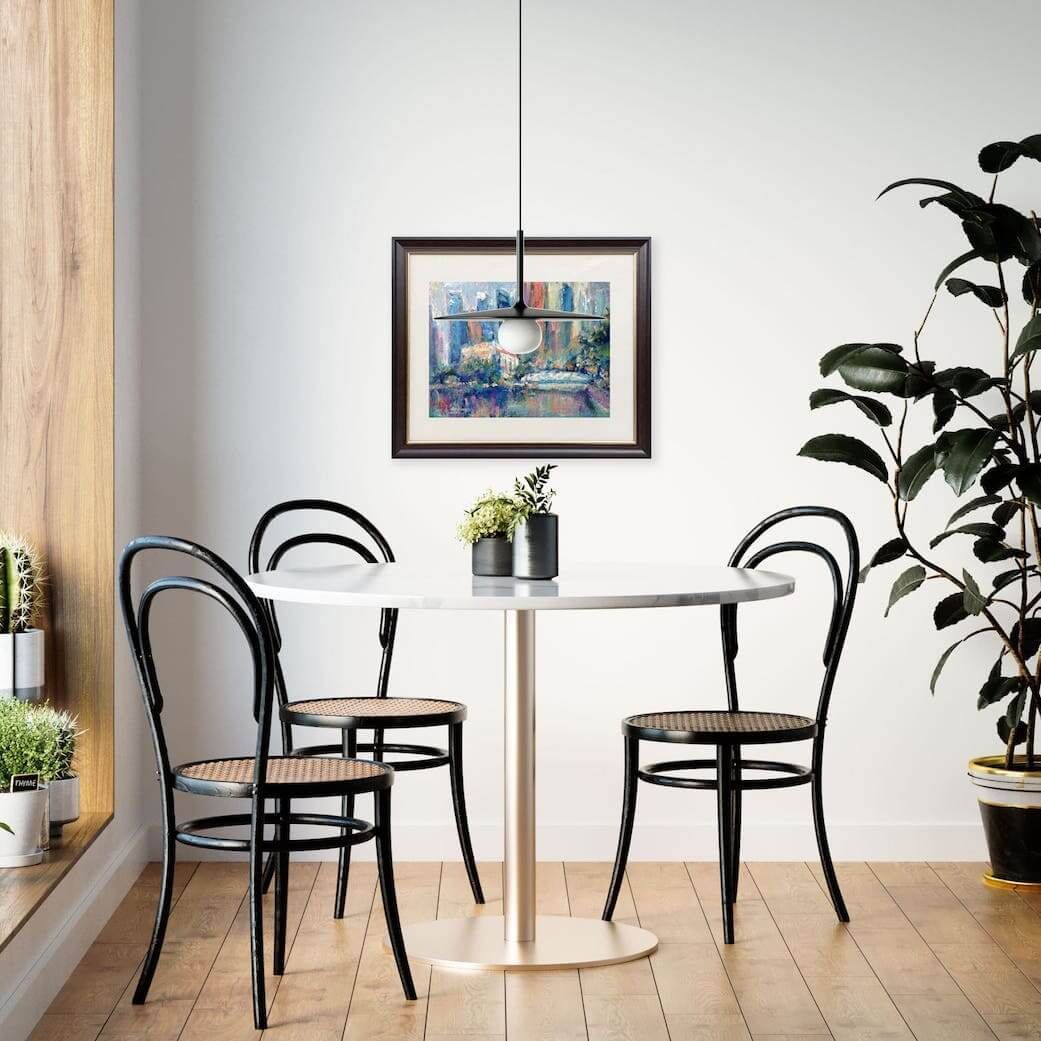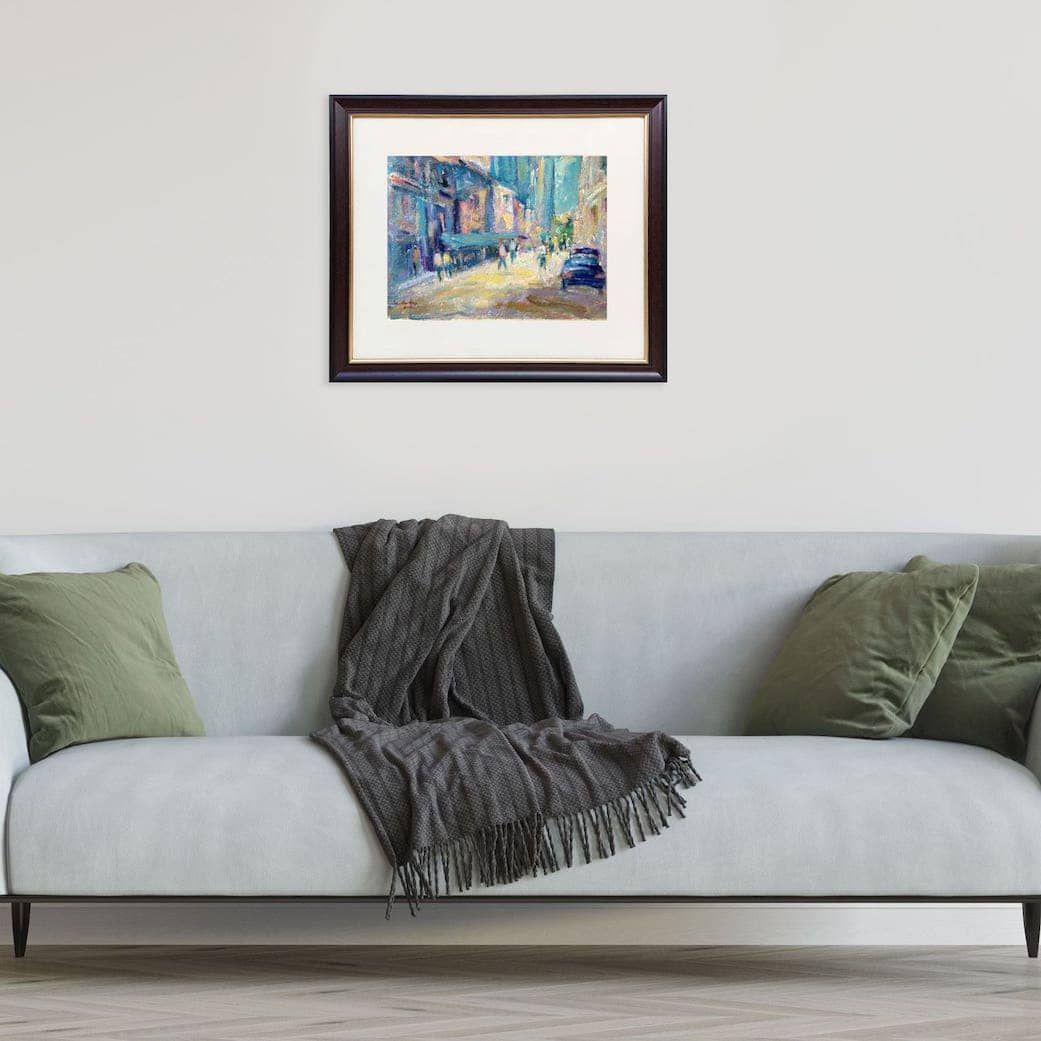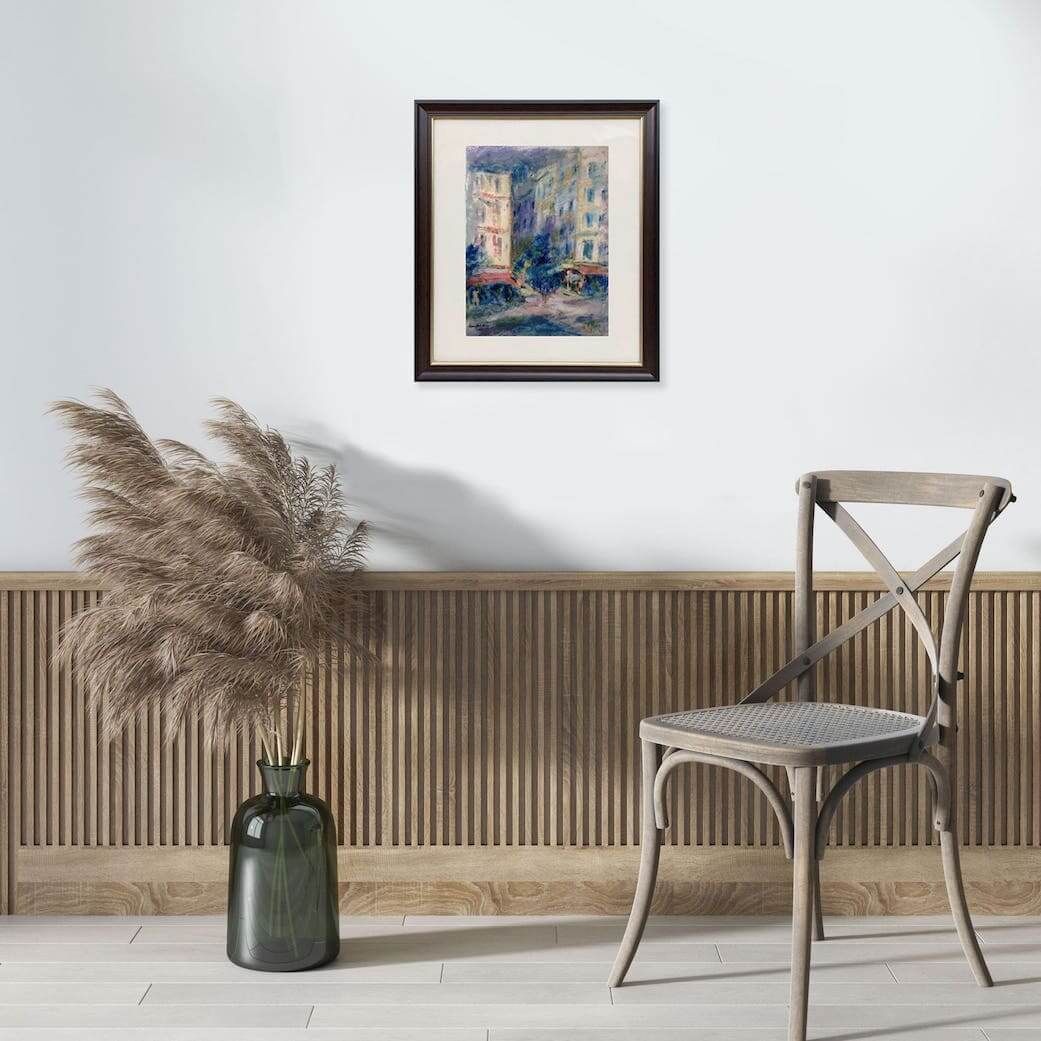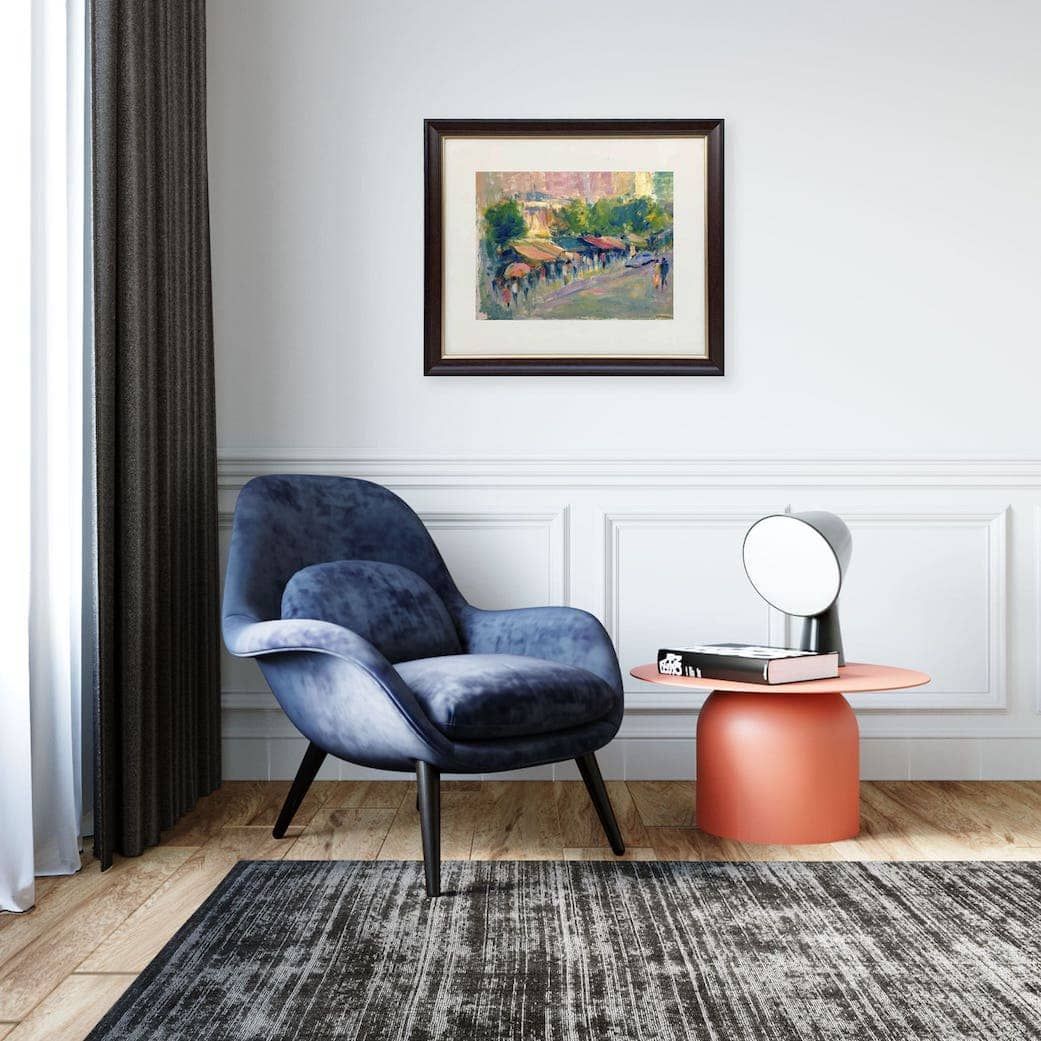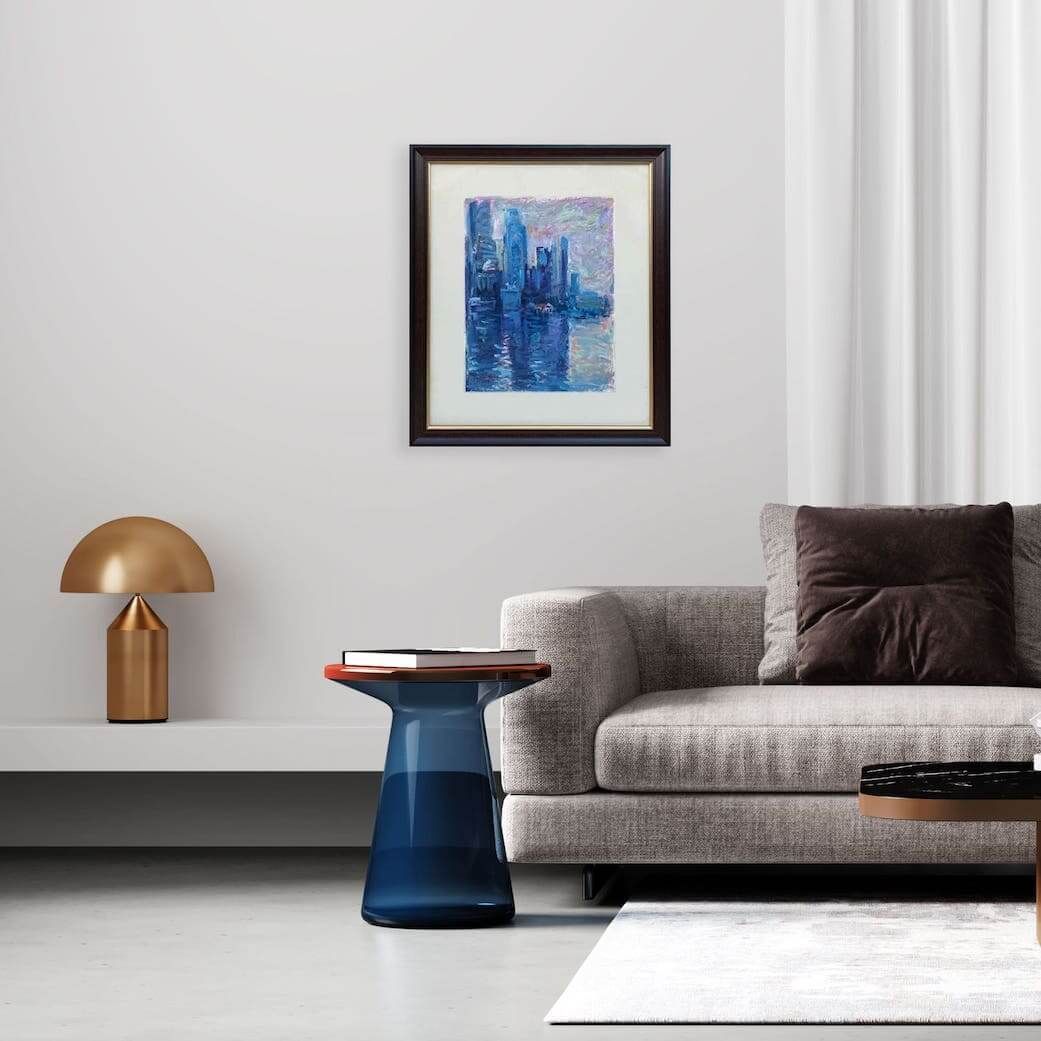What Is the Value of Art
What Is the Value of Art?
While art is often associated with monetary value, its true value goes far beyond price tags.
Emotional and Mental Wellness
Art has therapeutic qualities that can enhance our mental and emotional well-being.
Engaging with art—whether through creating or appreciating it—has been shown to reduce stress, improve mood, and promote relaxation.
Looking at a calming landscape or listening to soothing music can create a calming or energising environment and can genuinely reduce stress and promote relaxation.
Creating or engaging with art can be incredibly cathartic.
For artists, it is an outlet for processing emotions, both joyful and painful. For viewers, it can provide comfort, solace, or even a release of tension.
Art therapy is a recognised field, demonstrating the profound positive impact art can have on mental and emotional well-being.
Many therapists incorporate art into their practices to help individuals process emotions and experiences.
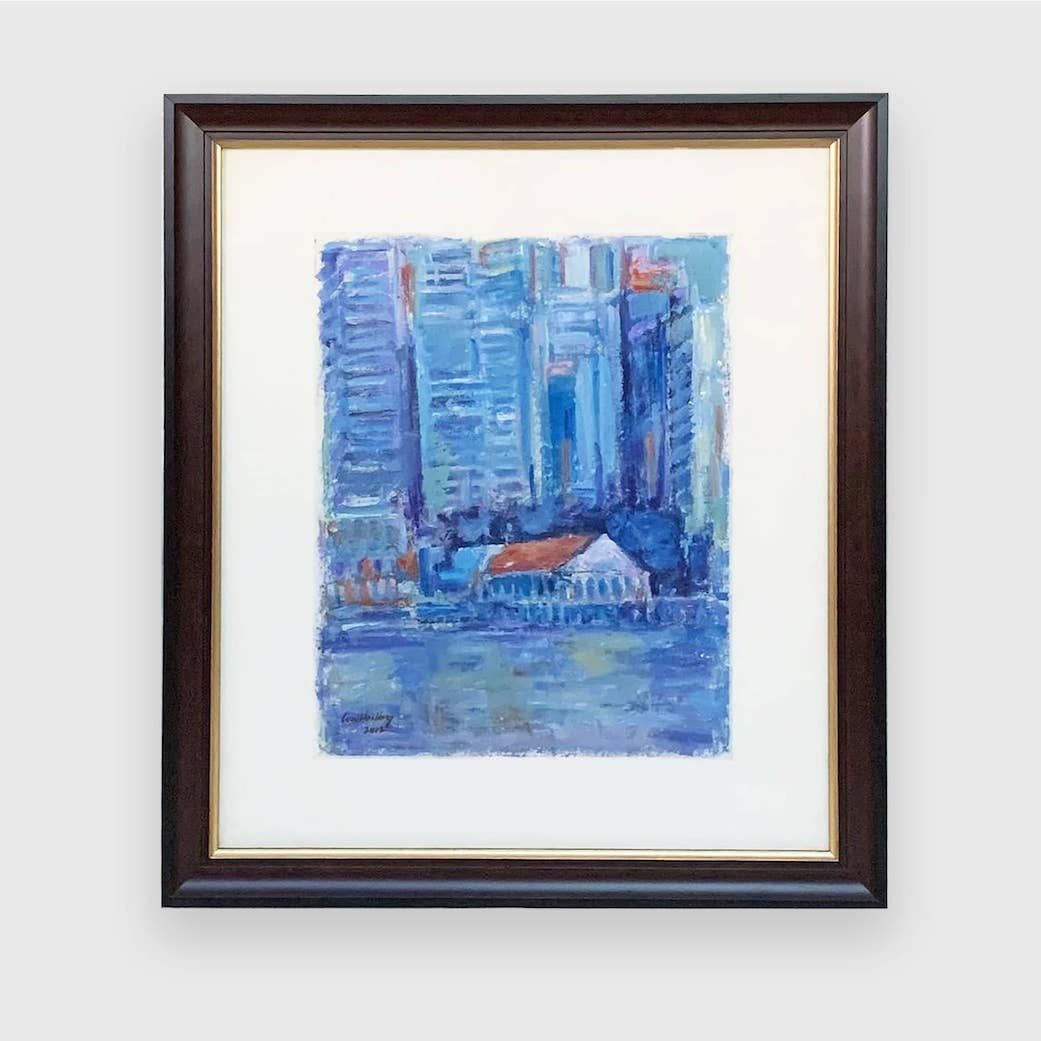
Intellectual Stimulation
Art encourages critical thinking and intellectual engagement.
When we analyse a piece of art, we consider its meaning, context, and technique.
This process stimulates our minds and encourages us to ask questions, fostering a deeper appreciation for creativity and innovation.
Abstract or conceptual pieces, in particular, challenge our assumptions and encourage new perspectives.
Living with art sharpens the mind and expands creative thinking—something we can all benefit from, no matter our profession.
Art inspires creativity, both in the artists who create it and in the viewers who engage with it.
Artists are often pioneers, pushing the boundaries of what is possible. They challenge conventions, experiment with new techniques, and imagine worlds beyond our current reality.
This spirit of innovation in art can inspire breakthroughs in other fields, demonstrating the power of creative thinking and out-of-the-box approaches.
A beautiful piece of art can spark new ideas, motivate us to think differently, and encourage us to explore our own creative potential.
In a world that often feels routine, art serves as a reminder of the beauty and imagination that exists around us.
Aesthetic Pleasure and Personal Expression
Let us not forget the sheer joy of it!
A significant value of art lies in its ability to create beauty and provide aesthetic pleasure. The aesthetic value of art can transform a space, making it more inviting and enjoyable.
Whether it is the harmony of colours in a painting, the graceful lines of a sculpture, or the captivating rhythm of a musical piece, art appeals to our senses and can simply make us feel good.
It enriches our everyday lives and sensory experience of the world.
Art allows us to personalise our space.
Just like your clothes or your music taste, the art you choose is an extension of who you are.
It tells your story and makes your home yours.
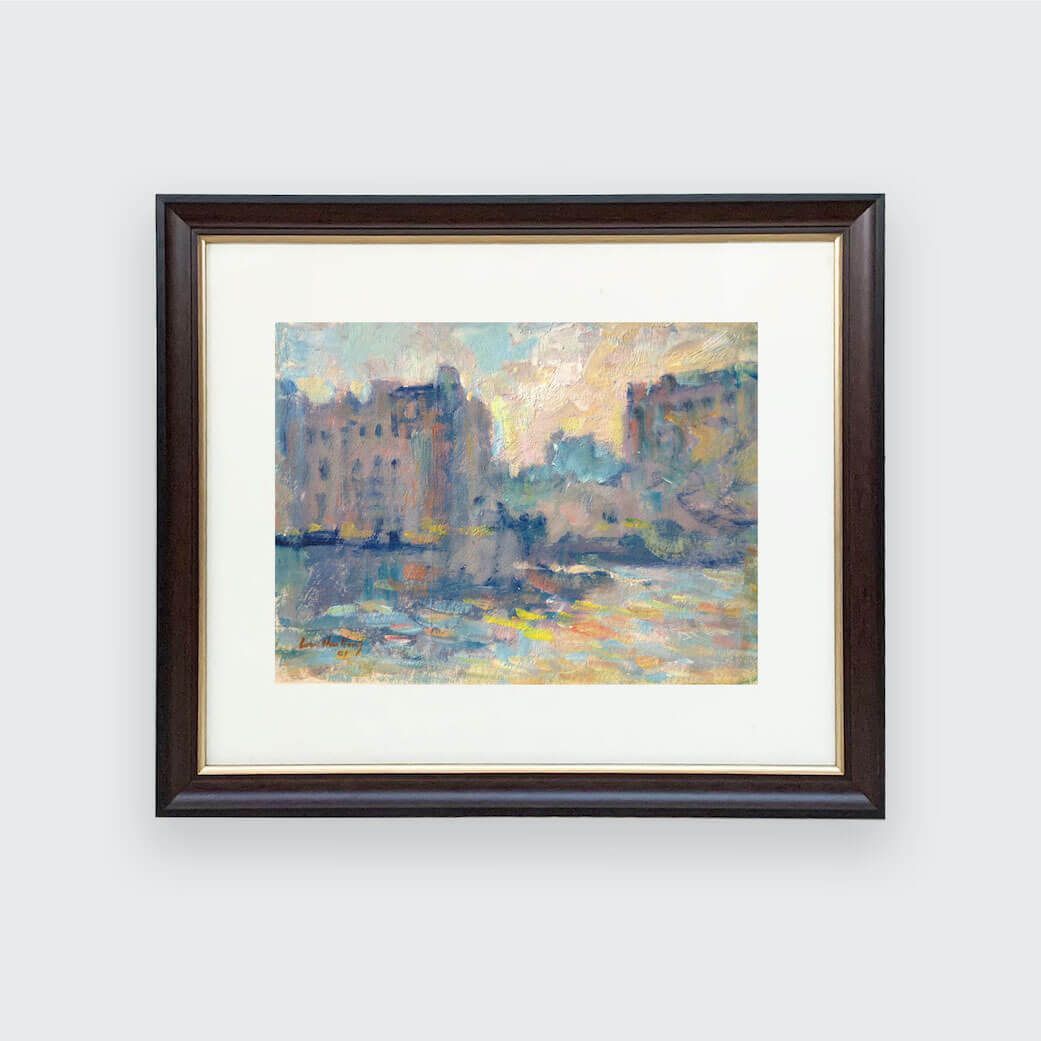
Investment and Legacy
While not the only reason to collect, art can appreciate in value over time.
But even more meaningful is its lasting presence—it is something you can pass down, a tangible memory for future generations.
